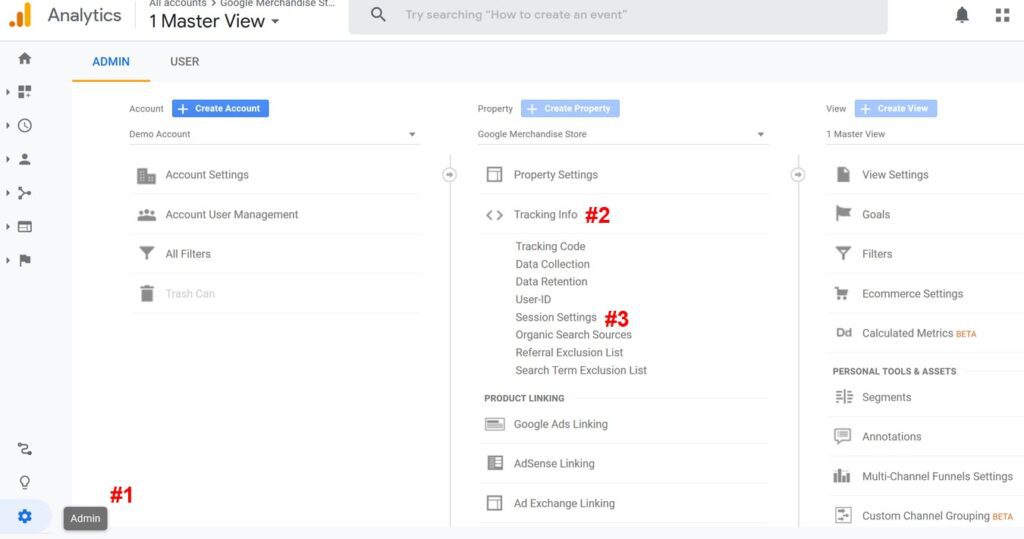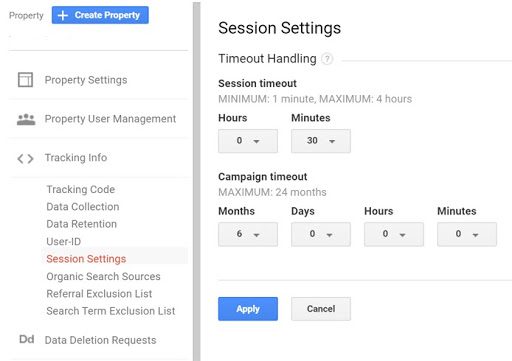The organic traffic metric in Google Analytics Reports can help you determine which pages your website is getting visitors to, and that data can be invaluable in improving the way you do business online. It shows where your search engine optimization is working, and can even hint to problems with web design.
You can check these reports by opening Google Analytics and navigating to Behavior > Site Content > Landing Pages reports and setting the segment to Organic Traffic. But what you may see might surprise you!
You see that your Cart, checkout, or thank-you page is one of your site’s top organic landing pages. Why?
This Google Analytics landing page seems way off base – but this situation happens more often than you may think. Nobody enters a site for the first time on the checkout page, at least on purpose. That makes this metric pretty unhelpful. Read on for why this happens and how to fix it.
Table of Contents
Why it Happens
Incorrect Data
Before you second-guess your process, let’s look at some of the reasons why your data could look incorrect from the standpoint of a Google Analytics report. Even with the tracking code on your website and optimized keywords, there is one common cause that can be easily addressed.
The Most Common Scenario: Reactivated Sessions
Google Analytics reports are generated by the number of “sessions” to a page. Google considers a session as being “an interaction on your website within a given time frame.” A “session” expires if it has been inactive for a particular amount of time. By default, Google defines a session to be inactive after 30 minutes without interaction.
A user could add items to their cart, then open a few new tabs to shop around and price compare before making a purchase. The user spends over 30 minutes clicking around in these other tabs, maybe steps away from the computer to go walk their dog, and then when they return to the browser with your site’s cart page open, Google registers them with a new session. In that new session, the landing pages are seen by Google Analytics as being your site’s cart page.
Solution: Change the Session Timeout Limit
What’s next? Luckily, you can combat false sessions from timeouts by revisiting Google’s default settings and changing them to help gain more accurate data for your site. These settings are applied in the admin settings for each property in your account. To change these settings, follow these steps from our pros:
- First, open up your Google Analytics property. To get to the settings menu, click Admin in the lower-left corner. Be sure to check that you have selected the account and property you want to edit.
- In the property column, click Tracking Info, and then Session Settings.
- Here, in the Timeout Handling section, you can change the parameters to set the Session timeout (and Campaign timeout) to what you prefer. You may want to select the maximum timeout duration of 4 hours.
- Click Apply.
Check back on your top organic landing pages Google Analytics report in a few days and see if the rate of entry to your website from the cart page has gone down. This is just one of many small tweaks to the Google Analytics report settings that can help you get a more accurate picture of the lead your website generates organically.
Advice Before You Delve In
If you don’t notice a lot of landing page hits on your cart, checkout, or thank-you page on your Google Analytics reports, you may not need this specific revision to your site. Also, changing the timeout does sometimes have impacts on other aspects of your site, so it’s worth testing and comparing before delving in completely with the site change.
Estimate how much impact the change will have. If you operate a larger site or store, you may have lots of data and many reports. You may want to create a test property with the new settings and run data collection in parallel for a period of time to measure the impact.
If you’re using Google Analytics, create an annotation to mark the date of your update. That way, you can easily compare before and after to see how impactful the change is.
Find Other Quick Fixes
There are many quick fixes to your site that you can use to optimize performance for ease of use and better read Google Analytics data on your landing pages.
Google Analytics can show you the numbers, but our specialists help you navigate them with ease and get optimal performance. We have helped hundreds of businesses discover those small ways they can get the most out of their site data and analytics reports.
To learn more about how Coalition Technologies can help you maximize your site’s productivity, call us today at (310) 905-8646 or contact us online.




